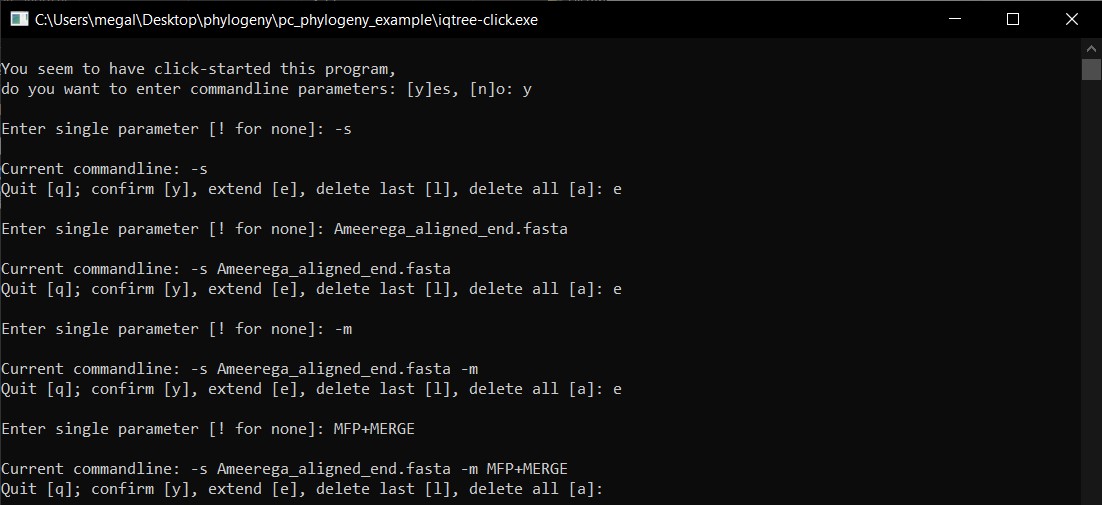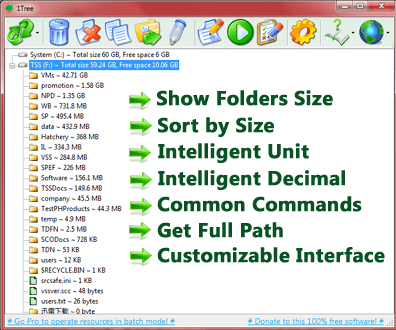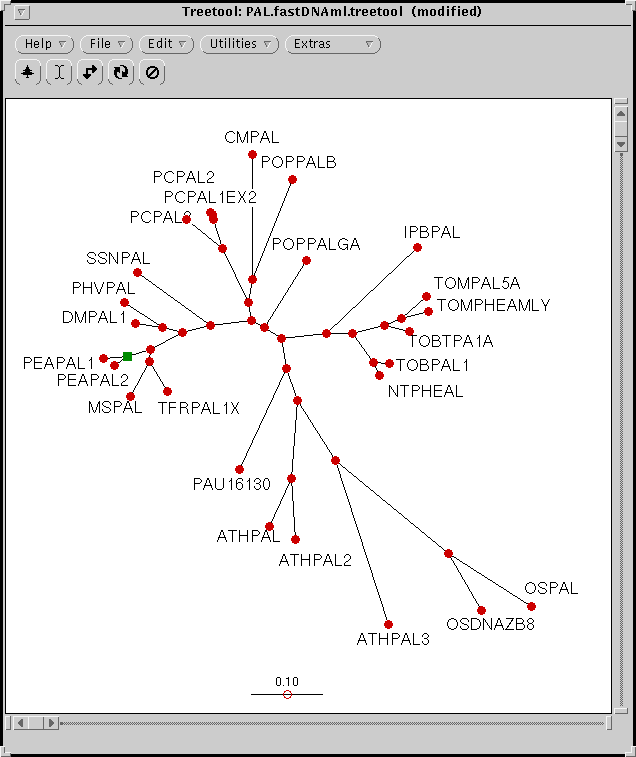
However, different programs may use the TREE file type for different types of data. This way you will gain total sizes and values for arbitrary scans.The TREE file extension indicates to your device which app can open the file. The virtual root shows a summary of all scans that are part of this group. With the " Group scans" button (available on the View tab or via the context menu), you can merge multiple scans into a single "virtual root". This way, the most relevant elements will be shown in the tree while unimportant information is hidden.

For example, you can hide any file and folder occupying less than 500 MB (see screenshot below). Using the Expand submenu (accessible via tabs Home and Scan) you can expand/collapse and hide certain folders in the tree, based on a certain directory level or an user-defined size value.


The Directory Tree can be browsed just like a folder tree in the Windows Explorer. The gradient bar in the background serves as a size indicator, providing a quick and intuitive overview: you will see at a glance which folders occupy the most space on your disk. The Directory Tree of TreeSize is a powerful tool for visualizing the size of files and folders.


 0 kommentar(er)
0 kommentar(er)
